RETRO FILM REVIEW – Many movie buffs agree that 1999 was one of the most remarkable years in film history. Numerous memorable movies were released that year, and they still resonate with audiences today, bringing creative and financial successes to Hollywood. In light of Shyamalan’s recent release, “Trap,” we revisit the Indian-born director and Bruce Willis’s masterful horror-thriller.
The summer of 1999 was particularly significant for the horror genre. By late July, “The Blair Witch Project” had wide release, embarking on its journey to becoming one of the most successful independent films, grossing nearly $250 million worldwide on a modest $750,000 budget.
Then came August, a month typically reserved for summer movie leftovers, with studios hoping for the best. An unknown director, M. Night Shyamalan, released a low-budget, modestly promoted film called “The Sixth Sense” on August 2, 1999. Once moviegoers saw it, it became another horror success story. Shyamalan crafted a truly unique tale of encounters with the afterlife, and it became the summer’s watercooler movie, dominating the box office for weeks and earning a spot at the Academy Awards, a rare feat for a horror film.
“The Sixth Sense” has a relatively simple story. Written and directed by Shyamalan, the film follows child psychologist Dr. Malcolm Crowe (Bruce Willis) as he treats a new patient, Cole Sear (Haley Joel Osment), a young boy who claims to see and communicate with the dead. Malcolm feels a strong connection to Cole because he reminds him of another patient, Vincent Grey (Donnie Wahlberg), who accused Malcolm of failing him before breaking into his home, shooting him, and then himself.
Malcolm seeks to make amends for Vincent by helping Cole, even though he initially believes the boy has schizophrenia and cannot actually see the dead. However, it soon becomes clear that Cole really can see what he claims, and this might be the same affliction that drove Vincent to his breaking point.
The film’s box office success and enduring popularity in 1999 were largely due to its much-talked-about twist ending. Discussions about “The Sixth Sense” often revolved around its climax, with many viewers seeing it multiple times to confirm the twist’s validity. It might seem odd to warn about spoilers for a 25-year-old movie, but if you haven’t seen “The Sixth Sense,” it’s best to skip the next paragraph, as it contains SPOILERS.
Throughout much of the film, Malcolm tries to reconcile with his wife, Anna (Olivia Williams), who he believes has withdrawn from him after the incident with Vincent. When Malcolm gets Cole and his mother, Lynn (Toni Collette), to accept Cole’s unique abilities, he feels his job is done and shifts his focus to his relationship with Anna. Upon returning home, he finds Anna asleep with their wedding video playing on the TV.
Anna speaks in her sleep, asking Malcolm why he left her. Malcolm is shocked when Anna drops his wedding ring, and he realizes it is no longer on his finger. He then notices his gunshot wound, finally understanding that he did not survive the night Vincent shot him. Malcolm has been dead throughout the entire film, which is why Cole could see him.
The twist in “The Sixth Sense” became a huge talking point, especially among moviegoers who did not see it coming. The film maintains the illusion that Malcolm is alive, thanks to Shyamalan’s expert writing and direction. Most of Malcolm’s interactions are with Cole, but his scenes with Anna, particularly one at a restaurant where she seems to ignore him, can be interpreted as a wife angry at her spouse. After the twist is revealed, it’s clear Malcolm was never actually there. Even moments with Cole’s mom show limited interaction, debunked by the film’s ending. This clever cinematic trick by Shyamalan defined his career, for better or worse.
The Perfect Timing of The Sixth Sense
The timing also played a crucial role in the success of “The Sixth Sense.” Its August release was a stealthy move. The release date did not suggest that Buena Vista Pictures had high expectations, allowing the movie to prove itself. By August, the horror genre had already seen its summer hit with “The Blair Witch Project,” so it was assumed that genre fans were satisfied.
The competition was also favorable, with “The Blair Witch Project” being its only real rival. When “The Sixth Sense” debuted at number one, it went head-to-head with the second wide-release weekend of the indie hit, sharing the horror audience. As the hype around “Blair Witch” subsided, “The Sixth Sense” maintained its position with minimal declines. Films like “Bowfinger” and “The Thomas Crown Affair” opened well but did not challenge its dominance. Ultimately, the August release date proved to be the best choice.
Although it wasn’t initially seen this way, “The Sixth Sense” was also a comeback for Bruce Willis at the box office. By then, he had appeared in several films that were neither box office hits nor critical favorites. Movies like “Mercury Rising” and “The Jackal” did not match his better-performing projects, while the previous summer’s “Armageddon” brought in big numbers but was panned by most critics. “The Sixth Sense” marked a turning point for Willis in many ways. His performance was wonderfully subdued, creating a character who, while sometimes distant, was warm and understanding in his interactions with Cole, forming the heart of the film.
The “Ghost Whisperer” Kid
In addition to Willis’s performance, Haley Joel Osment’s portrayal of Cole Sear was exceptional, considering he was only 11 years old. Child actors can often be precocious, but Osment avoided this, bringing vulnerability and intense fear to the role. His ability to connect with the audience is one reason the film’s dramatic scenes resonate so well, especially his encounters with the dead and an emotional conversation with his mother about being visited by his late grandmother. Osment’s performance earned him an Oscar nomination for Best Supporting Actor, making him the second youngest nominee in that category, a well-deserved recognition of a truly impactful performance.
“The Sixth Sense” also made a significant impact on pop culture. Osment’s famous line, “I see dead people,” quickly became a popular catchphrase and the film’s unofficial tagline. Some of the film’s imagery became iconic, such as characters exhaling cold air when near the dead or young Mischa Barton vomiting pea soup. These moments were etched into pop culture memory during the film’s box office run. Even 25 years later, “I see dead people” is still recognizable and has been parodied in various media.
Changing Horror Landscape
The shifting landscape of horror films also contributed to “The Sixth Sense’s” financial success. The late 1990s teen slasher boom, reignited by 1996’s “Scream,” was starting to wane, allowing films like “The Blair Witch Project” and “The Sixth Sense” to succeed by offering something different. Horror fans were eager for something new, and these films provided that. Their success was even more impressive because they were original ideas, not sequels or based on existing IP, proving there is always room for originality at the box office.
Second Only to Star Wars: The Phantom Menace in 1999
“The Sixth Sense’s” success was a defining moment, especially when analyzing its journey. The film opened at number one with a $26.6 million gross, maintaining that position for five consecutive weeks, making it the second film after “Titanic” to gross over $20 million each of the first five weekends.
Its $26.6 million opening was the biggest August debut, surpassing the $23.7 million opening of 1993’s “The Fugitive.” By the end of its run, the movie earned $293.5 million at the domestic box office and $672.8 million worldwide on a $40 million budget. It became the second highest-grossing film of 1999, behind “Star Wars: Episode I – The Phantom Menace.”
In a rare feat for a horror film, “The Sixth Sense” was also a major awards season contender, earning six Oscar nominations, including Best Picture, Best Director (Shyamalan), Best Original Screenplay (Shyamalan), Best Editing, Best Supporting Actor (Osment), and Best Supporting Actress (Collette). Although the film didn’t win any awards, it was recognized as part of an elite group of genre films celebrated by the Academy, joining the ranks of “The Exorcist” and “The Silence of the Lambs.”
Since the release of “The Sixth Sense,” Shyamalan has, intentionally or not, tried to recapture the magic of his 1999 hit multiple times. The director has had other successful films, and fans have responded positively to some of his follow-ups, while others received mixed to negative reviews. Nonetheless, every filmmaker dreams of creating a film that defines an era, and “The Sixth Sense” did just that. 25 years later, audiences still discuss its twists and industry impact, which will endure for years to come. “The Sixth Sense” is currently streaming on Max. M. Night Shyamalan’s latest film, “Trap,” which we reviewed here, is now in theaters.
– Gergely Herpai “BadSector”-
The Sixth Sense
Direction - 9.6
Actors - 9.2
Story - 9.8
Visuals/Music/Sounds - 9.5
Ambience - 9.6
9.5
MASTERPIECE
The Sixth Sense is M. Night Shyamalan's finest work, and 25 years after its premiere, it remains a defining piece of the horror genre. The film stands out for Bruce Willis' understated performance and Haley Joel Osment's brilliant performance, not to mention the brilliantly written twist ending. The Sixth Sense is a timeless masterpiece that is still a talking point today.

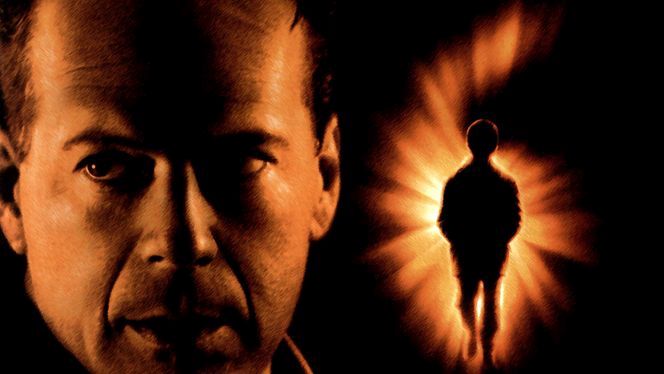
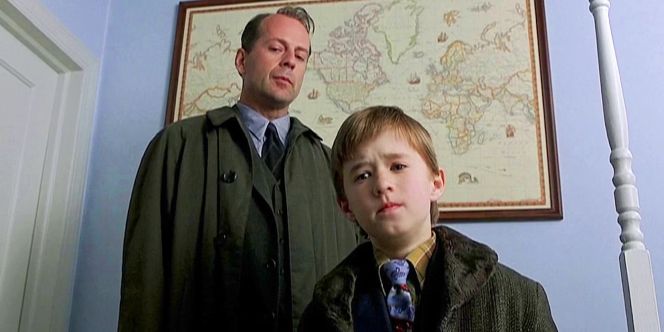
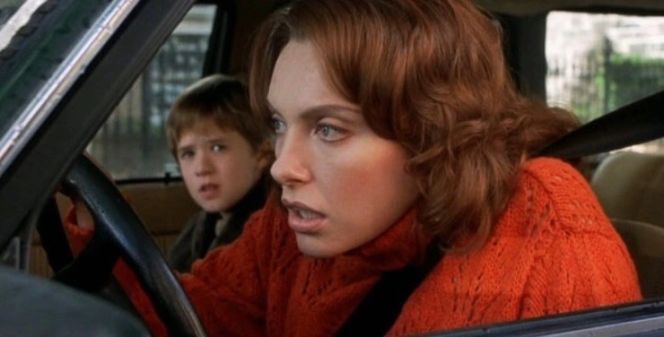
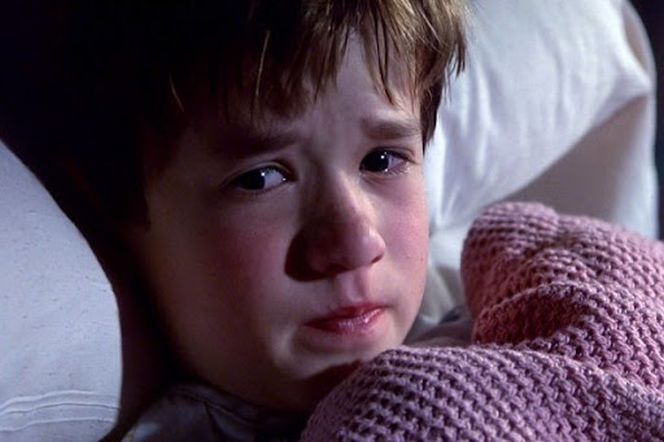





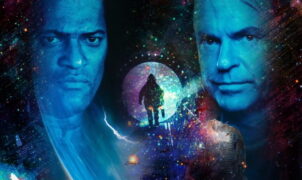

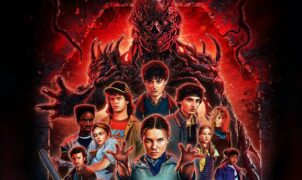






Leave a Reply